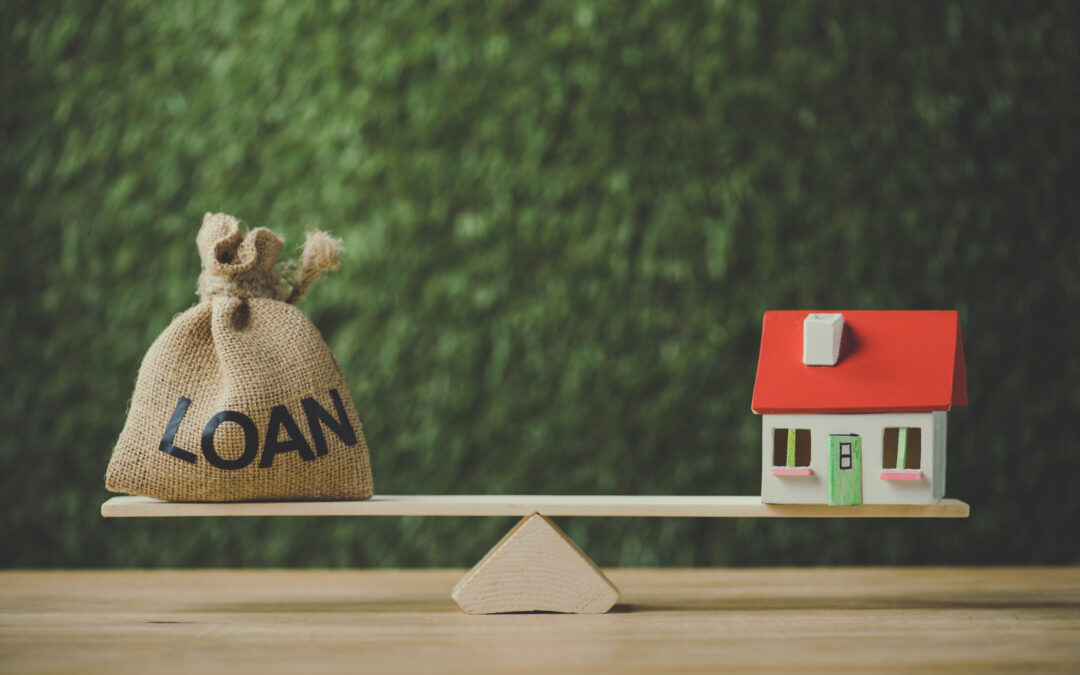Do you want to pay less each month on your mortgage? Or maybe you want to pay off your mortgage as soon as possible. In case you are a homeowner with a mortgage, one good alternative is for you to go for refinancing. This article will look at the concept of mortgage refinancing as well as how it can be known whether it is a good idea.
How Does Refinancing Work?
Essentially, refinancing involves a process wherein you pay off your current mortgage and borrow a new mortgage under a new set of terms. Typically, homeowners will make use of the funds from the new mortgage for paying off the old one. Based on your new mortgage’s terms, there may or may not be some cash you are left with, which can be used to invest, pay down debts, renovate or for other purposes.
Refinancing To A Lower Interest Rate
Mortgage interest rates usually fluctuate over time and thus, it is quite common for people to go opt for refinancing to a mortgage with a lower rate. In case you initially borrowed your mortgage at a time with interest rates of 5%, it may be possible to lock-in a new mortgage at a lower rate. Remember that it can be difficult to “time” the mortgage market and thus, it is best to get in touch with your mortgage professional and learn if the time is right.
Refinancing For Lower Monthly Payments
One more great use of refinancing involves reducing the monthly payment that is needed on the mortgage. In case you have ten more years left on a 20-year mortgage, refinancing for the extension of the payments to 15 years decreases the monthly payment.
Refinancing To Eliminate Other Debts
Lastly, several homeowners choose to refinance their mortgage to make use of some of the home’s equity for paying off other debts. For instance, a family may have $25,000 in debts with an interest rate that is higher than their mortgage. In case they have developed adequate equity, it is possible for them to refinance and draw out $25,000 from the value of the home. This alters the debt from the higher interest areas into the mortgage, which is where it can be paid off over time.


Recent Comments